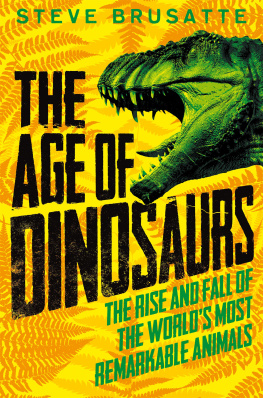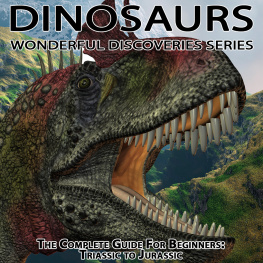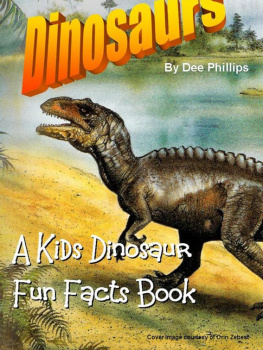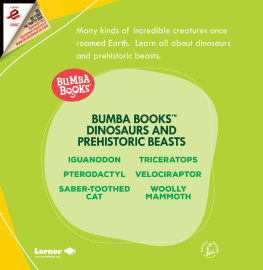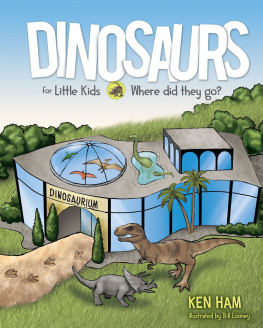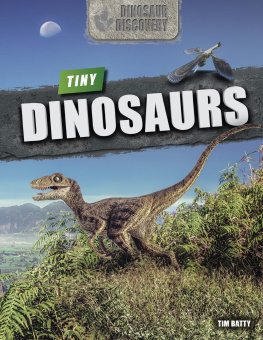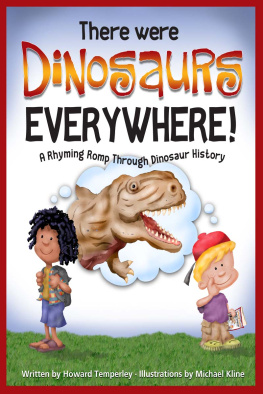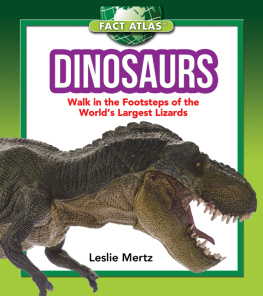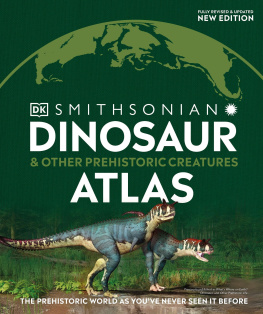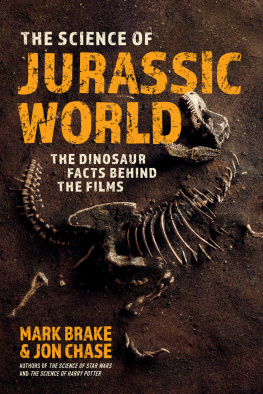
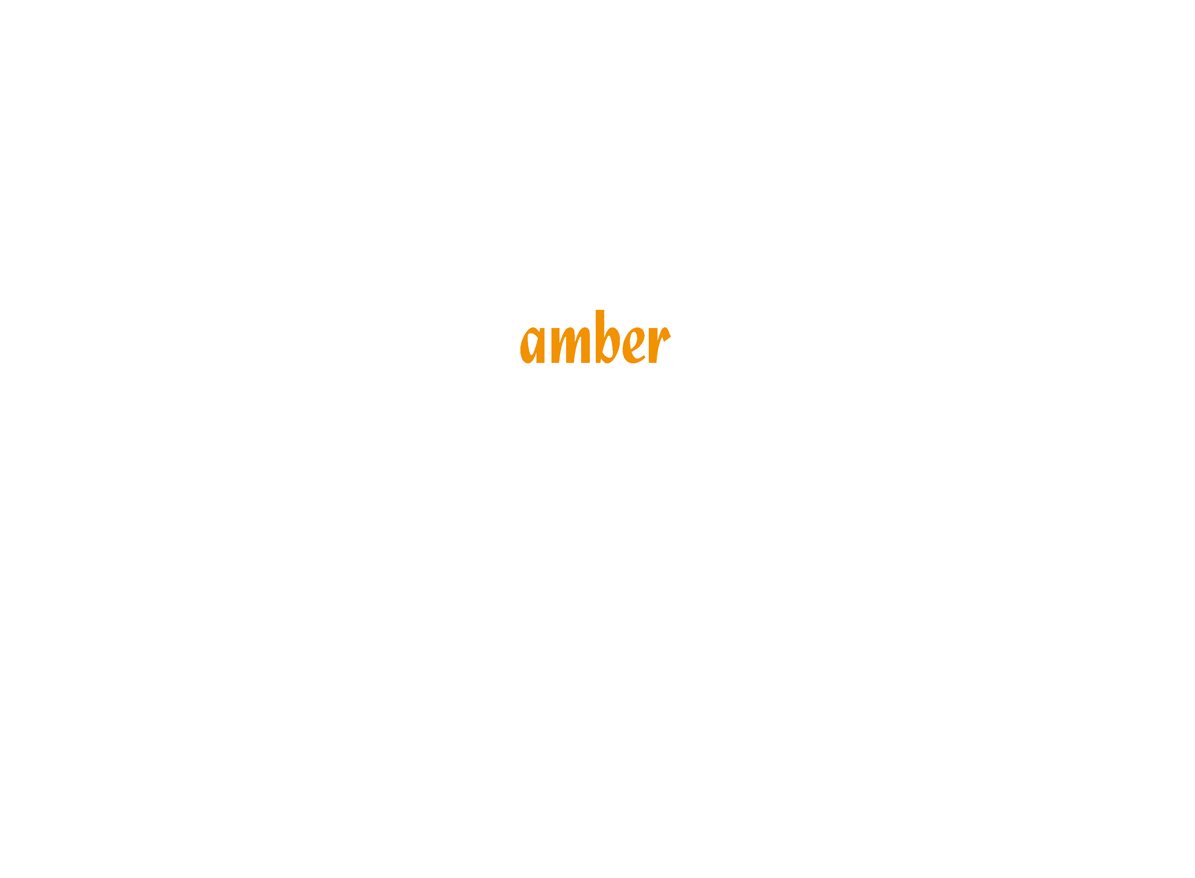
www.amberbooks.co.uk
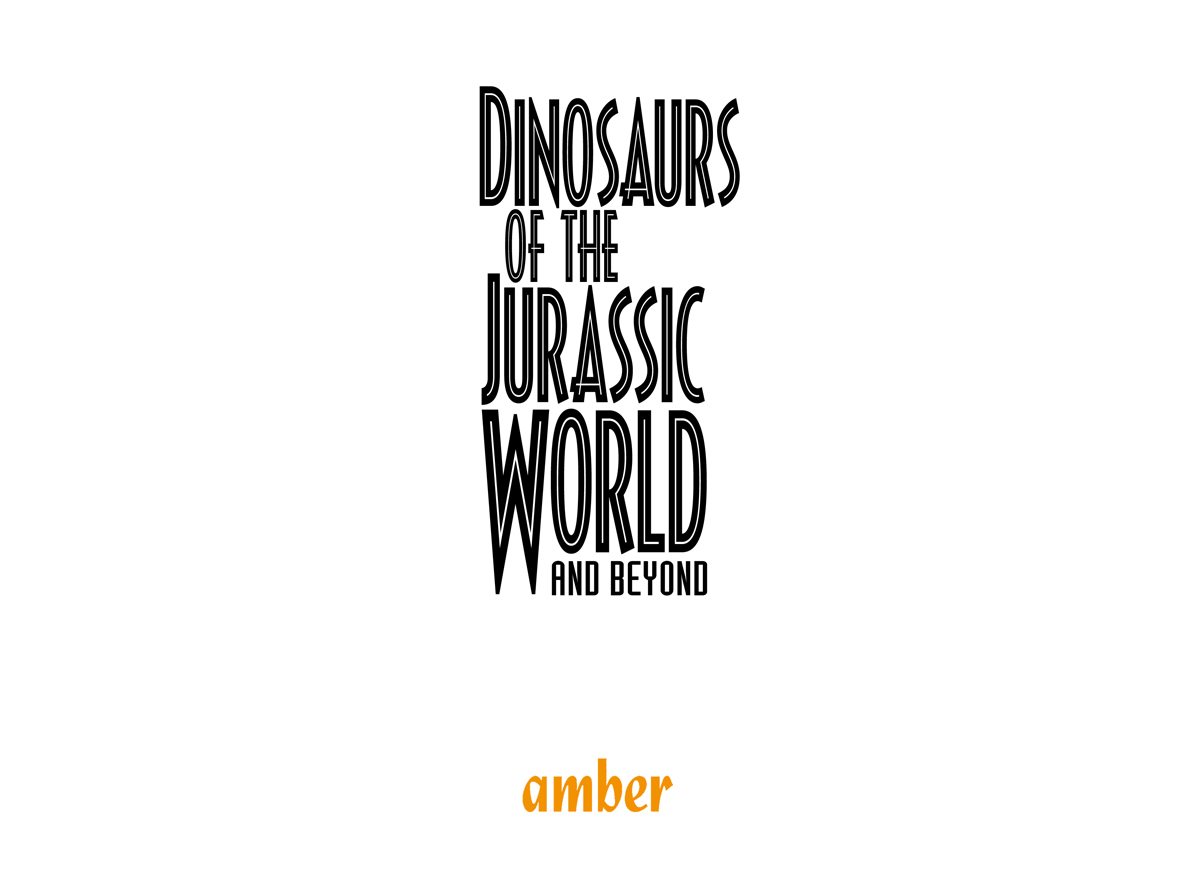
PAULA HAMMOND

This digital edition first published in 2015
Published by
Amber Books Ltd
United House
North Road
London N7 9DP
United Kingdom
Website: www.amberbooks.co.uk
Instagram: amberbooksltd
Facebook: amberbooks
Twitter: @amberbooks
Copyright 2015 Amber Books Ltd
ISBN: 978-1-78274-309-5
All rights reserved. With the exception of quoting brief passages for the purpose of review no
part of this publication may be reproduced without prior written permission from the publisher.
The information in this book is true and complete to the best of our knowledge.
All recommendations are made without any guarantee on the part of the author or publisher,
who also disclaim any liability incurred in connection with the use of this data or specific details.
Picture Credits:
All illustrations IMP AB
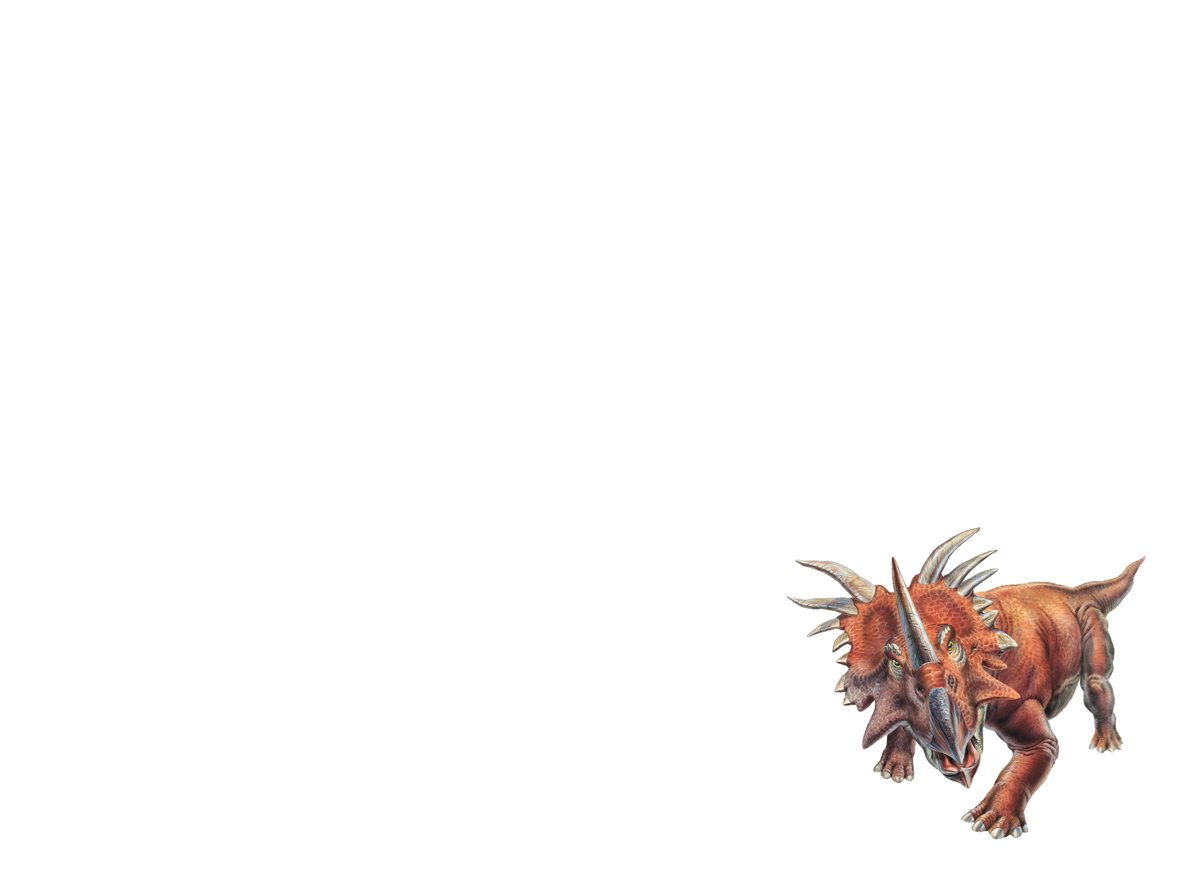
Contents
Before the Dinosaurs
The Triassic Period
(around 252-201 million years ago)
The Jurassic Period
(around 201-145 million years ago)
The Early Cretaceous Period
(around 145-100 million years ago)
The Late Cretaceous Period
(around 100-66 million years ago)
After the Dinosaurs
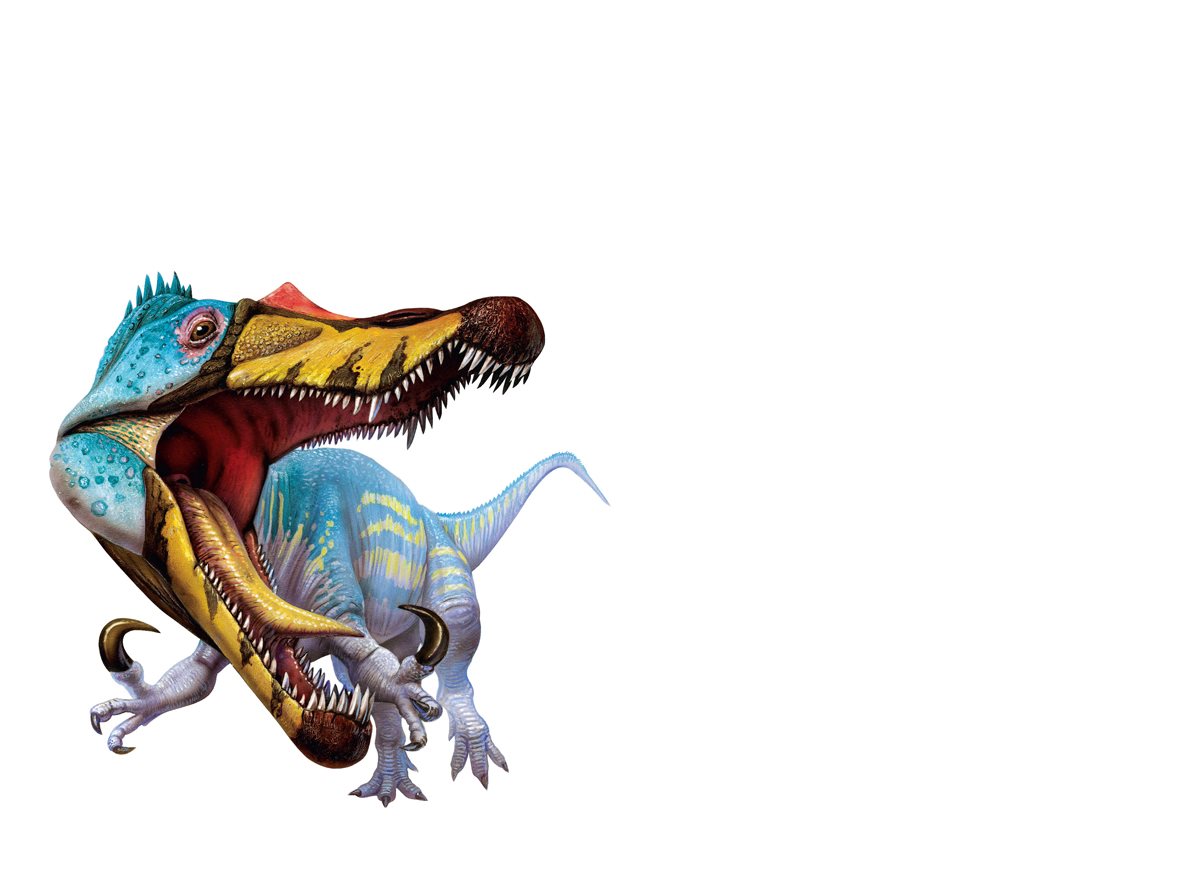
Introduction
Once upon a time Isnt that how the best stories always start?
Well, once upon a timearound 3.8 billion
years agolife on planet Earth began. It
started on a small scale, with bacteria and
single-celled microorganisms. Around 550
million years ago, fungi, jellies, sponges,
and corals began to appear. Then,
485 million years ago, animals with
backbones and jaws started to develop.
Now the story starts to really get going. In
another 122 million years, the Earth would begin
to look familiar. Soon fish would be jumping,
insects would be buzzing, and odd-looking
animals would be prowling across the landscape.
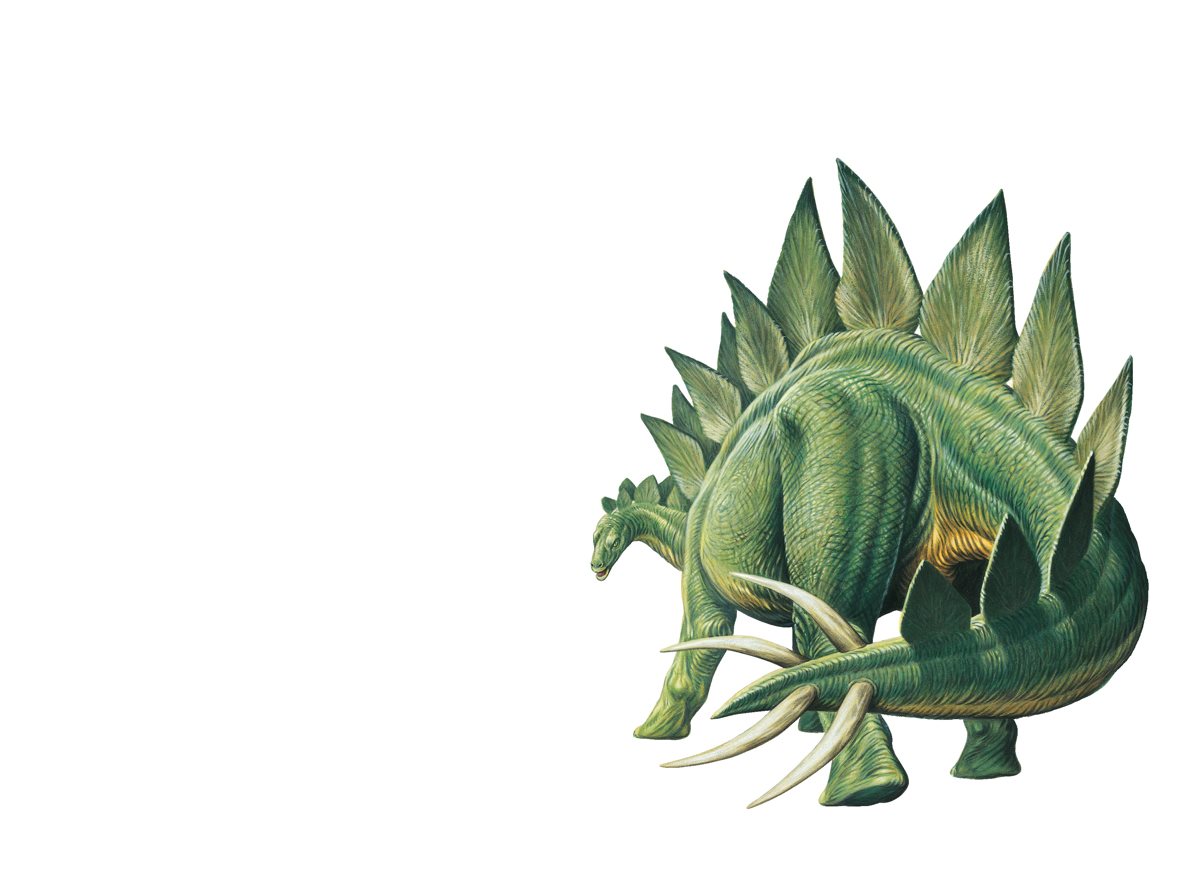
However, if the story of life on Earth was
a book, then it would be a really big one!
So big that it would be divided into chapters
with names like Triassic and Jurassic Period.
In each of these chapterswhich are really
periods of timeyou would meet new,
exciting characters. The story would
even have its own monsters: armored
fish, flying reptiles, and the terrible
lizardsthe dinosaurs.
Here, we will look at just some of
the chapters from this tale and at the big
and little monsters, from the Jurassic and
beyond, that once called Earth home.
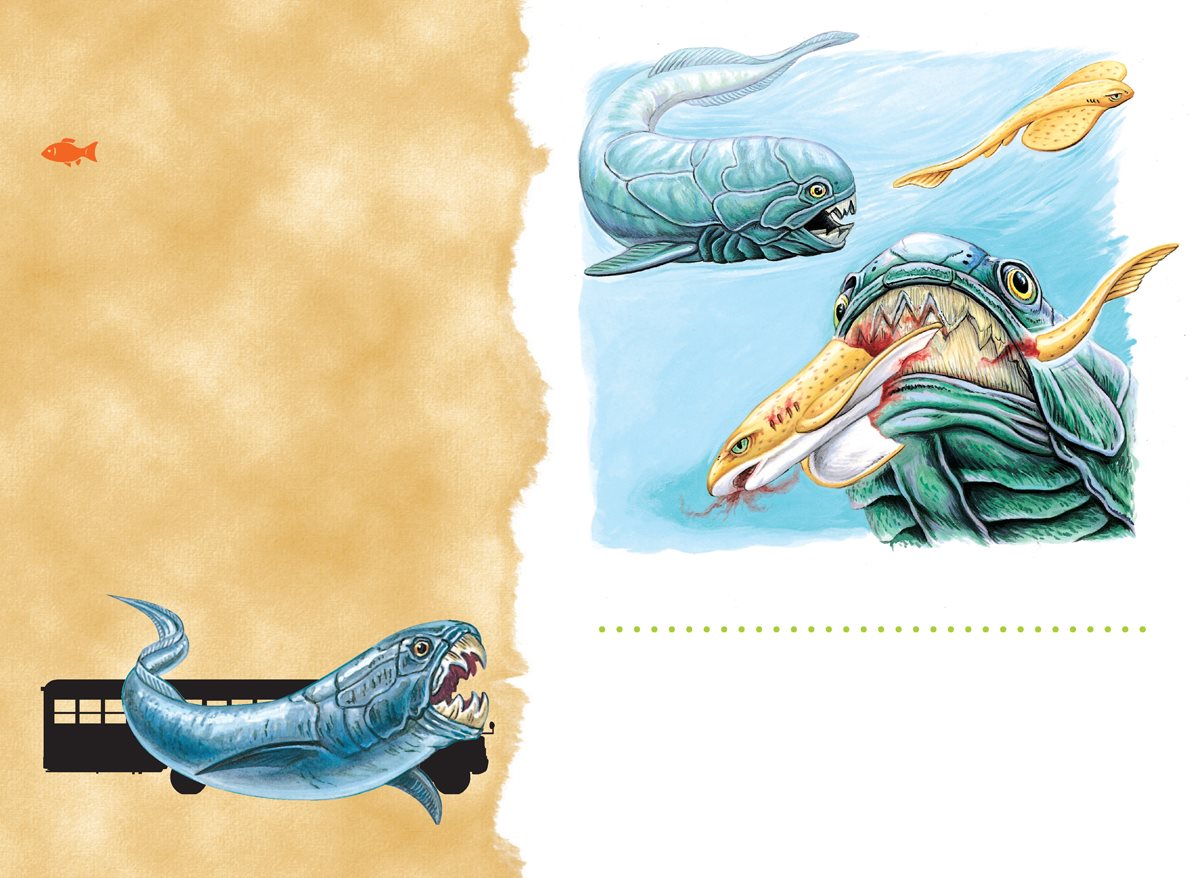
PREHISTORIC FISH
Dunkleosteus
(Dunk-lee-OH-stee-us)
Long before the dinosaurs, it was creatures
like Dunkleosteus who ruled the Earth.
This mighty armored fish was as big as a
great white shark. It could flip its jaws open
so quickly that its prey was literally sucked
into its mouth.
Dunkleosteuss jaws were the most powerful of
any known creature. Sharp, bony plates acted
like teeth, making this fish a top predator.
How big is it?
Did you know?
At 33 ft. (10 m) long, Dunkleosteus was
probably the largest fish of the Devonian Period.
Dunkleosteus was named for David Dunkle,
curator of vertebrate paleontology at the
Cleveland Museum of Natural History.
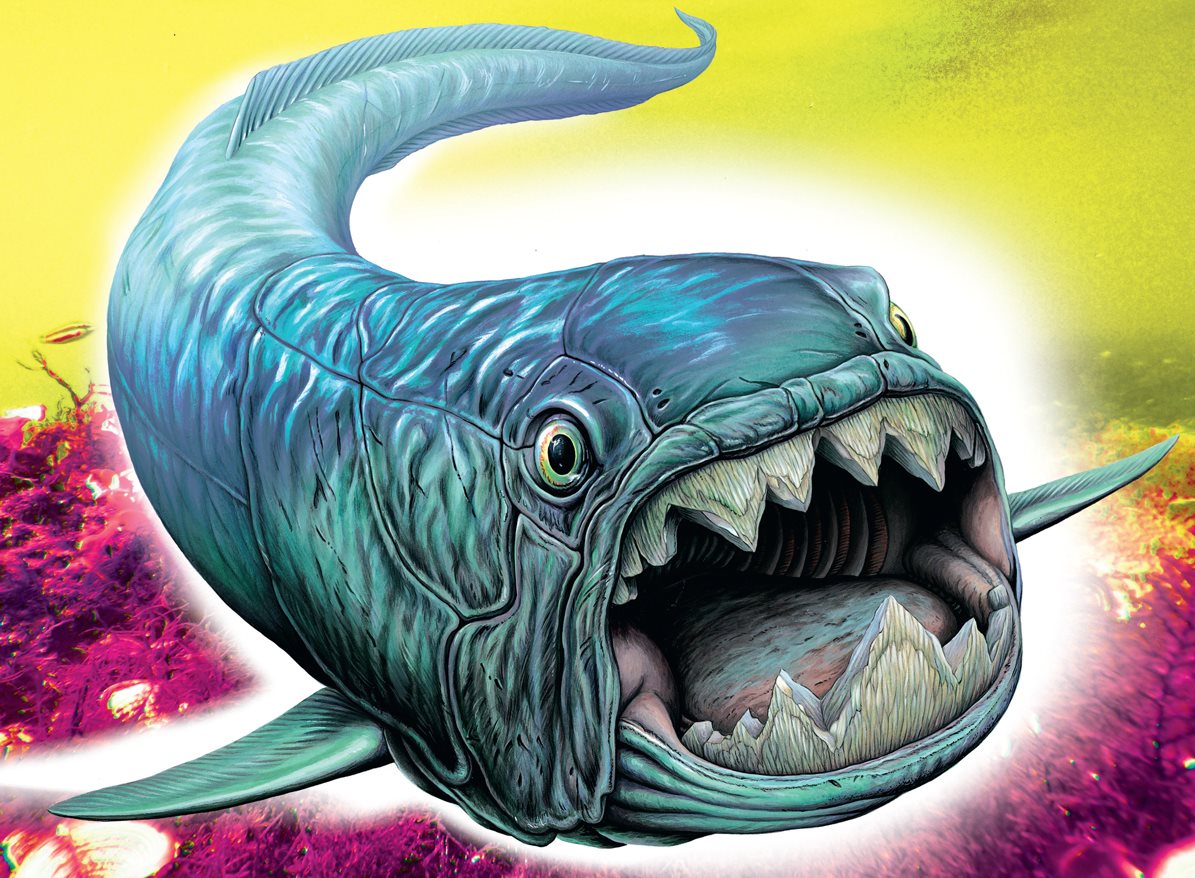
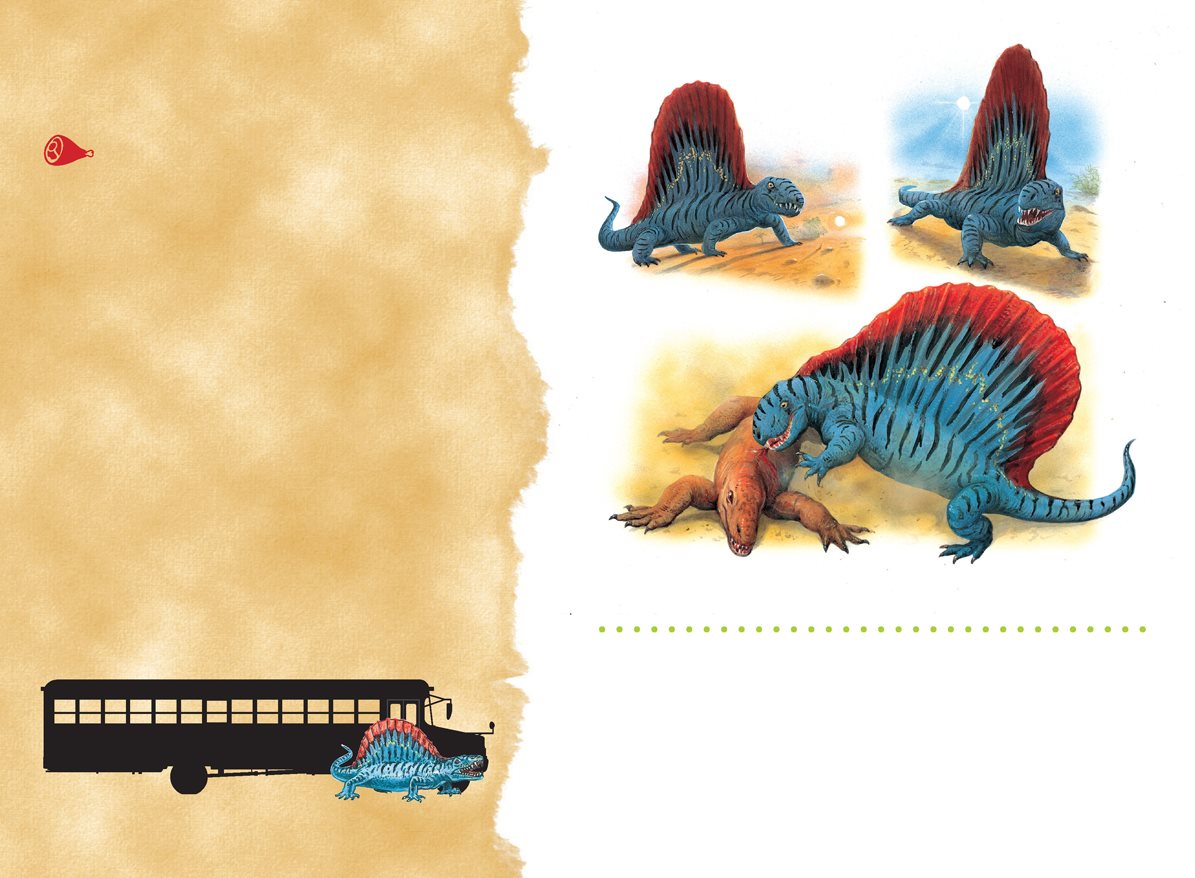
PREHISTORIC REPTILE
Dimetrodon
(Dy-MEE-tro-don)
Around 280 million years ago, this
muscular monster made its home in the
reed beds of what would become modern
day Texas. By raising its bulky body up on
its squat legs, Dimetrodon could run down
prey, a bit like a super-powered crocodile.
Was its sail a way to attract a mate or a
solar panel to warm its huge body? This is
what scientists often ask about Dimetrodon.
How big is it?
Did you know?
Although Dimetrodon looks like a dinosaur, it
was actually a synapsid. These are reptiles that
look like mammals.
Dimetrodon means two shapes of teeth. It
had pointed canine teeth as well as smaller teeth
that were shaped like teardrops.
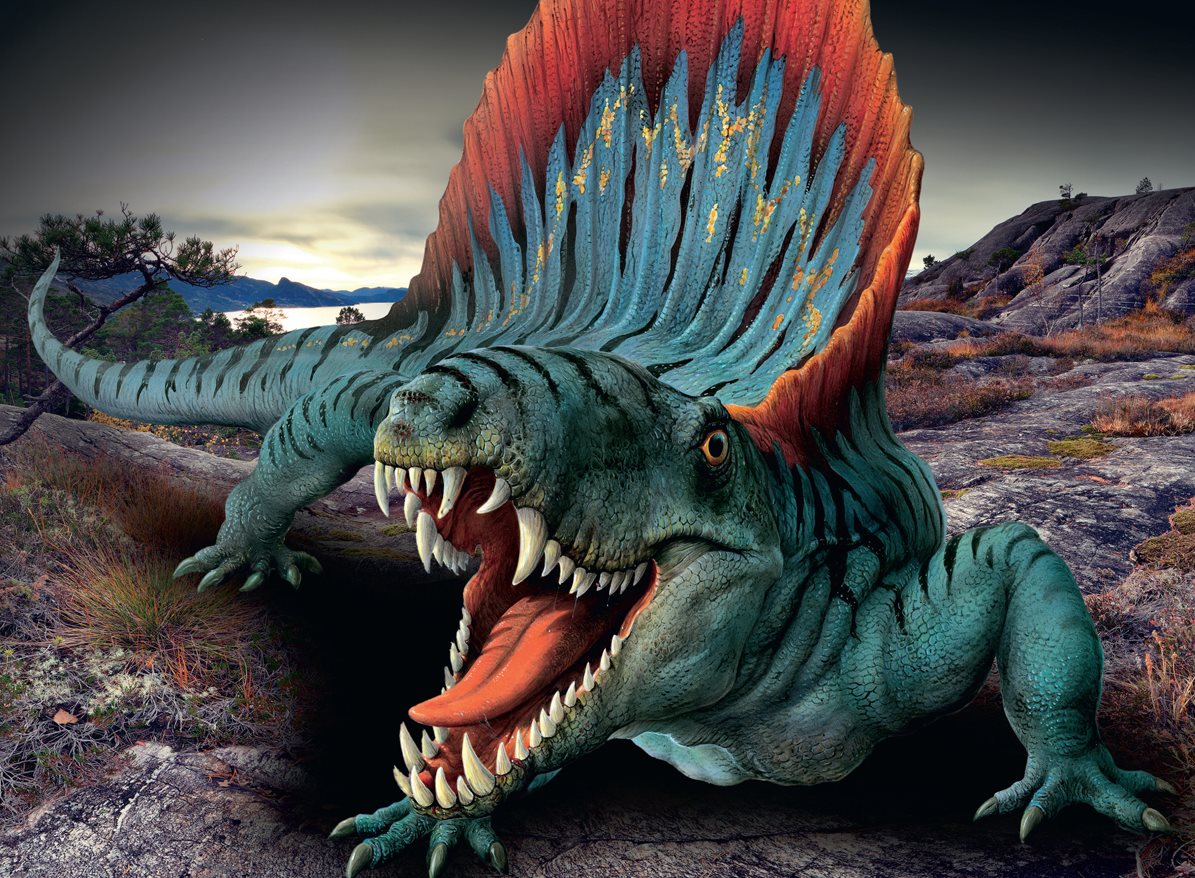
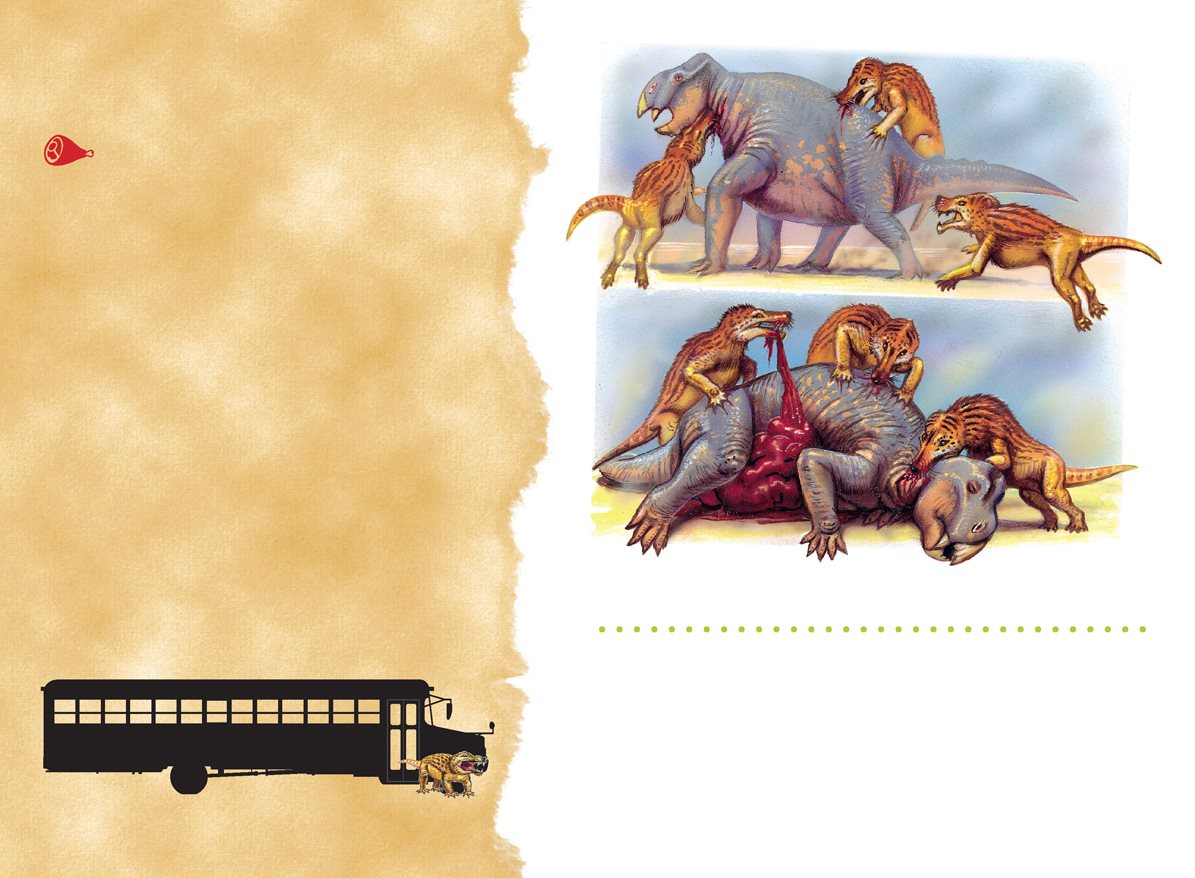
PREHISTORIC MAMMAL
Cynognathus
(Sy-nog-NAY-thus)
The name Cynognathus (which means
dog jaw) gives us a clue as to what this
terror from the Triassic would have looked
like. This successful and widespread
hunter looked a bit like a wolf, with a huge
head and jaws to match.
One of these beasts would be dangerous,
but just imagine Cynognathus hunting as
part of a pack! It would have been terrifying!
How big is it?
Did you know?
Mammals legs are straight under their bodies,
while lizards legs splay out to the sides.
Cynognathuss back legs were straight. Its front
legs were splayed out, so it would have waddled
as it ran.
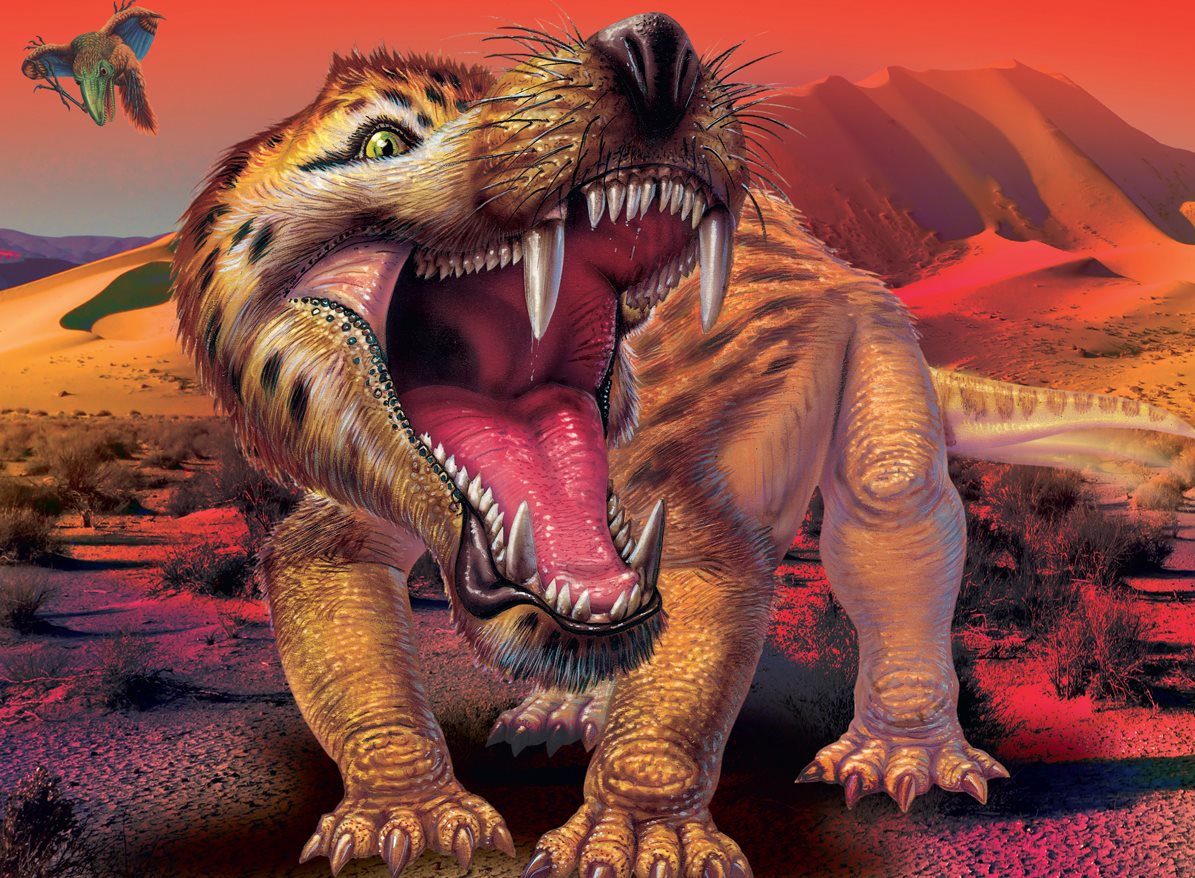

PREHISTORIC REPTILE
Gracilisuchus
Next page

